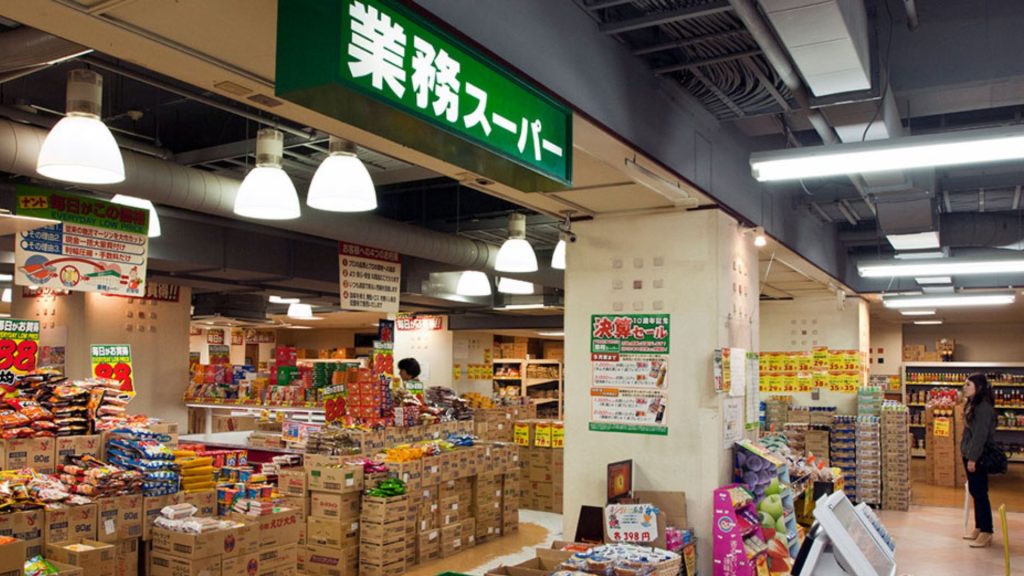What’s Happening In Japan’s Business World? March Edition
KDDI Buys A Half of Lawson

Let’s talk about what’s been shaking up Japan’s retail world this March: KDDI decided to make a bold move with a tender offer bid (TOB) aiming for a 50% stake in Lawson convenience stores.
They’re investing a hefty ¥495 billion to obtain the remaining 47.9% of shares.
Once the deal is done, KDDI and Mitsubishi Shoji will become equal partners.
Now, the big question: why the sudden interest?
Word on the street is KDDI sees a golden opportunity to create an omnichannel platform by leveraging Lawson’s retail stores and its digital technology.
They are possibly gearing up to compete with the likes of Rakuten and Softbank, focusing on loyalty points and digital payments.
While the vision is clear, the specifics of future revenue streams and services are still a bit murky. Let’s stay tuned for more updates on this intriguing development.
Report on New Year’s Shopping
Let’s dive into recent survey data spanning late December 2023 to early January.
Notably, 72% of individuals aged 15-69 embraced online shopping, with 61.2% seizing discounts

Apparel led the pack in popularity, followed closely by groceries, daily necessities, and electronics.
There’s a clear trend towards cautious spending, with many shoppers carefully navigating sales.
Around one-third kept purchases under ¥30,000, with 34.9% saving roughly ¥5,000 compared to regular prices.
Those who researched purchases beforehand saw even greater savings. In essence, strategic planning and informed decisions pay dividends in the online shopping landscape.
Unstoppable: Kobe Bussan

Guess who’s been excelling in the retail game in Japan?
It’s Kobe Bussan, the discount cash and carry pro!
Despite a decrease in net profits due to foreign exchange costs, they still achieved record sales in FY2023.
To keep up with the demand, they’re expanding big time.
They’re building local factories to avoid the exchange rate swings and even diving into the restaurant scene.
Sales surged by an impressive 13.5% to reach ¥461.5 billion, while the company achieved a remarkable operating profit of ¥30.7 billion, marking significant milestones in their financial performance.
Next up on their agenda?
They’re gearing up to unveil 35 new Gyomu Super stores and bolster their production facilities.
Why? To trim down on imports and serve up more of their in-house merchandise.
Their sights are set high for the future. They’re aiming to surpass 1,500 Gyomu Super stores and expand to 200 restaurant locations, targeting sales of ¥550 billion.
Keep your eyes peeled – Kobe Bussan’s not slowing down anytime soon!
Fashion eCommerce Is Seeing Some Changes
The fashion eCommerce scene has seen some interesting shifts lately, with brick-and-mortar stores picking up speed faster than online platforms.

Despite a surge in online sales during the COVID-19 pandemic, the return to physical stores has slowed down online fashion sales growth over the past 18 months.
Overall, the fashion eCommerce market has grown by about 4-7%, but surprisingly, online market share has shrunk as people lean towards in-store shopping.
To adapt to this changing landscape, retailers are hustling to create omnichannel setups, blending both physical stores and online platforms to keep customers engaged.
Here are some Key Takeaways:
1. Integration between Physical Stores and eCommerce:
From 2022 to 2023, we saw a big push for integration between physical stores and eCommerce. Retailers went all-in on merging databases, crunching data, and mixing online and offline marketing to create a smooth shopping experience.
2. Online Market Correction:
Even though eCommerce is still popular, its growth has slowed down. Some retailers even saw a dip in online sales as more people headed back to physical stores, causing a drop in online market share.
3. Omnichannel Focus:
Retailers are putting a lot of effort into omnichannel strategies. They’re strengthening their online platforms, mobile apps, and digital marketing tools.
Platforms like Staff Start, which incentivize employees to dive into digital marketing, are gaining traction and boosting sales.
4. eCommerce Winners and Losers:
While eCommerce sales overall went up, smaller retailers took a hit. But bigger players like Rakuten and Amazon kept growing, along with specialized fashion malls.
5. Shift towards Efficiency:
There’s been a rush to adopt digital solutions to make operations smoother and cut down on waste. With labor shortages and rising wages, companies are quickly embracing digital innovation to stay ahead.
6. Future Outlook:
The fashion eCommerce scene is set to keep evolving in the coming years.
Expect more focus on omnichannel integration, efficiency boosts, and cross-border eCommerce capabilities.
How well companies adapt to these changes and use digital tech will determine who comes out on top.
In a nutshell, the fashion eCommerce world is going through some major changes, with a big push towards blending physical and online shopping for a smooth experience.
Conclusion
Japan’s retail scene is currently full of activity, from KDDI’s bold move to acquire a 50% stake in Lawson convenience stores to Kobe Bussan’s impressive record sales despite foreign exchange costs.
As online shopping continues to evolve, recent survey data shows a growing trend towards cautious spending, with apparel, groceries, and electronics leading the pack.
Meanwhile, the fashion eCommerce landscape is undergoing significant shifts, with a focus on integrating physical and online platforms to create easy shopping experiences.
Keep an eye on these developments as the retail industry adapts to changing consumer behaviors and market dynamics.
A special shoutout to JapanConsuming for making this article possible. They offer valuable insights and advice on shopping trends and consumer behaviors in Japan, tailored for international businesses. By subscribing to their monthly reports, you can gain a deeper understanding of the Japanese market and find new ways to grow your business in Japan.
Source: JapanConsuming, Nikkei Asia


